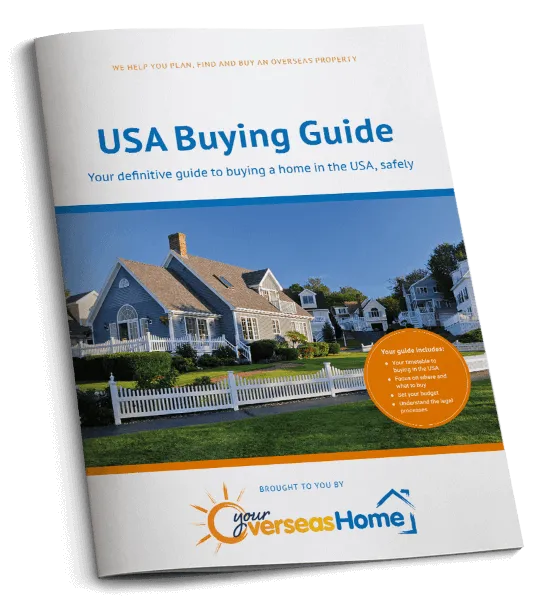Have you been dreaming of purchasing a property in New York City but don’t know where to start?
We chatted to our trusted partner John Fiscian, a real estate specialist from Corcoran agency, for details on how to buy your dream home in the Big Apple.
Find homes in the USA via our property portal.
How is buying a New York property different from the UK?
One of the biggest differences between purchasing a home in New York and in London (or anywhere else really) is that the buying process is different for each property type.
A townhouse
In Sex and the City, Carrie Bradshaw’s love interest, Mr Big, lives in a luxurious townhouse in Manhattan. As does Blair Waldorf on the Upper Estate Side in Gossip Girl. These homes are found in historic neighbourhoods and are known for their distinctive brown sandstone façade. These properties are typically the most expensive, with a higher price per square foot. But they do require less post-closing liquidity.
Single family home
For a single family home, think of The Royal Tenenbaums in Harlem. The property type is in the name, these are stand-alone single family homes, some also benefit from a small yard. If you’re looking for one, base your search around Staten Island, Queens, Brooklyn and parts of the Bronx.
Condo
In the television show White Collar, Neal Caffery lives in luxurious condo in Manhattan, as part of his work for the FBI. Condos tend to be newer and require a 10% put down and come with real estate taxes.
Co-op
Short for cooperative, a co-op is the most unique property type on this list and is specific to New York City. In Seinfeld, Jerry lives in a co-op apartment in the Upper West Side of Manhattan. For this property, as well as your mortgage for your apartment, you will have a monthly payment towards the maintenance of the building. The amount that you will pay dependent on how many shares there are. This cost goes up incrementally every year, between 2-5%. To purchase a co-op, you will need a 25% put down and 24 months or more of liquidation in addition to closing costs. Although this sounds like more of a financial demand, co-ops tend to be more affordable than a condo. Plus, by the nature of collectively owning the building, there is more opportunity to make changes to the home and a greater sense of community.
The buying process is different for co-op too. Co-ops have a board who decide who gets to live there, based on your financial profile and an interview. These boards tend to be made up of people who already live in the building, those they are sometimes from a management companies.
We can put you in touch with a trusted property agent.
Additional fees
As well as the price of the property, it is recommended to have about 10-15% for a move in deposit (which you will get back), security fees, attorney fees (both the buyer and the listing side to look over the deeds and titles) and broker fees.
Do I need a broker?
A real estate broker is essential for purchasing a home in the US, especially in the case of New York City, as its property market is so unique. Their loyalty to you and their advocacy will make the buying process more straightforward and help you to avoid pitfalls. Their fees tend to be up to 6% of the sale price. A broker will be especially useful for helping you present yourself in the best possible light in front of a co-op board.
Make sure you understand how to control the risk of exchange rates by downloading the Property Buyers’ Guide to Currency.
Should I rent first?
Even if you have holidayed in New York and adored it, living there is quite a different experience. You may want to rent a property first to get a feel for the place before you commit to purchasing a home. To get a rental, you will need first month’s rent, security deposit and broker’s fees. Recently, rental prices in New York City have started to lower: the typical rent of a two-bedroom apartment is between $6,000-$8,000 per month. Lease terms tend to last a year, thereafter landlords are little more flexible. It is also possible to get short-term rentals that last three to six months.
You might also enjoy reading:














